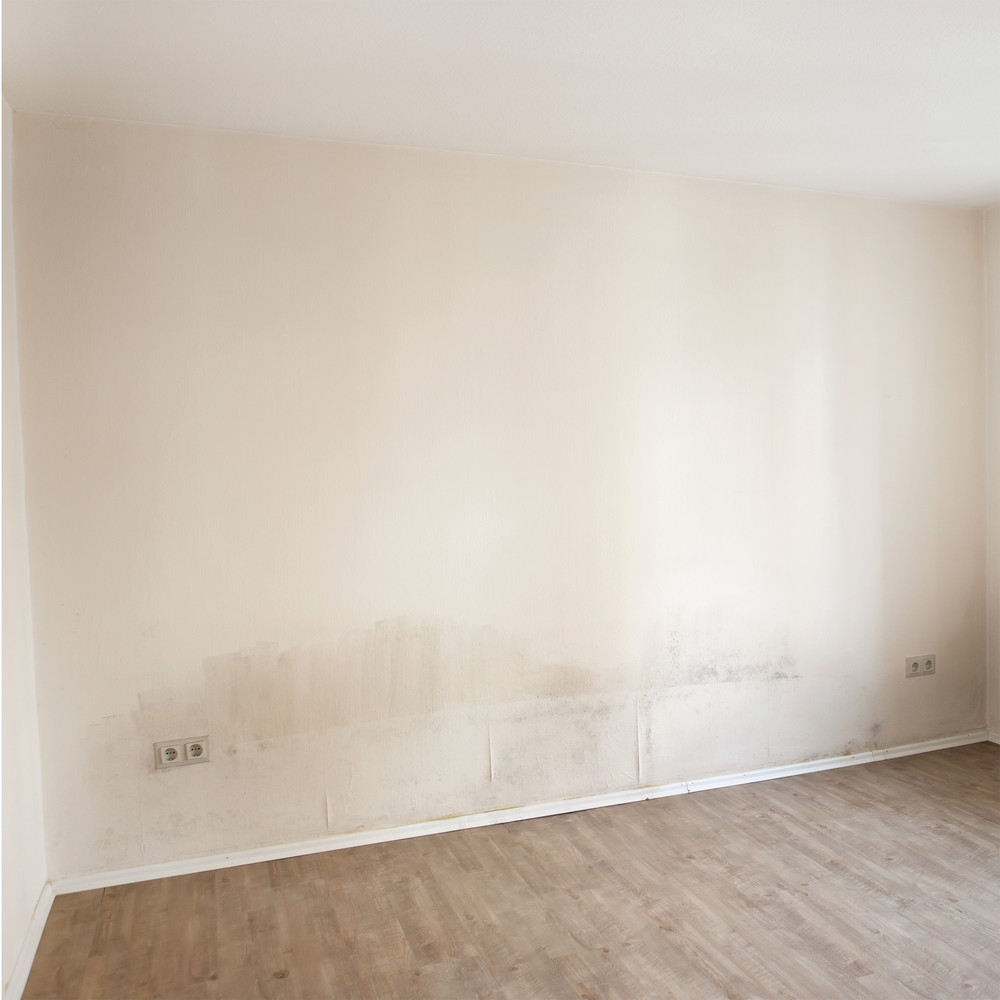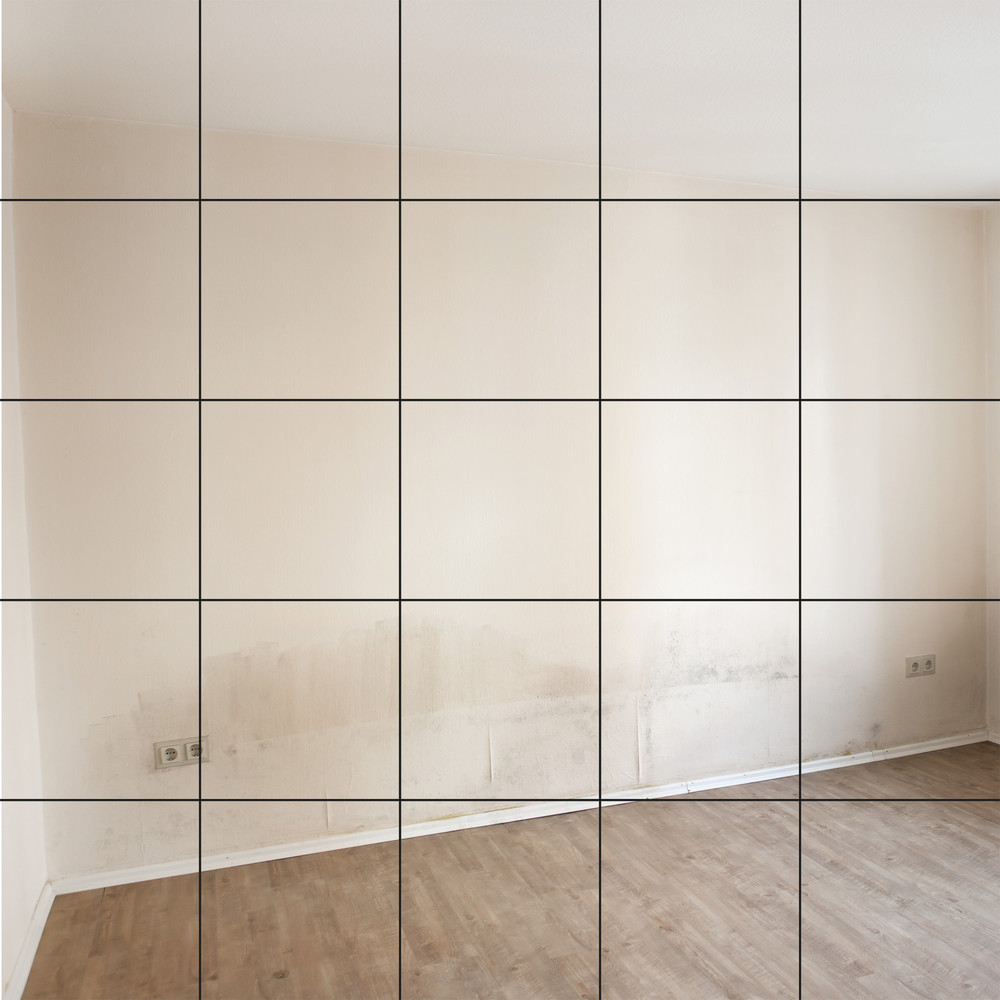Comparative measurement
It is often difficult to make an exact statement about the moisture content of a building material (e.g. a wall or a floor). A value has been measured, but what does this value mean? Is the value still within a moisture range that can be described as 'normal' or is there already a damage? On the one hand, the assessment of measured values certainly requires a good deal of experience as an expert/assessor, but on the other hand there is also the possibility of interpreting the value by means of a comparative measurement.
For this purpose, one does not only take a single measured value from the alleged damaged area, but one carries out several measurements at different locations on the object, e.g. in an apartment. It is helpful to first take some values from the location which (presumably) has no damage, i.e. which can be described as 'dry'. In this way, one obtains reference values or a reference value that can be used for further evaluation. Now you can compare the initially measured value or increased values with these reference values and get a feeling for how to classify this result. If the value lies clearly above the other references, one has found a good clue for further investigations. By means of infrared measurements of the surface temperature or a resistance-based profile measurement at the conspicuous points, the measurements can be supplemented and substantiated.
Especially for comparative measurements we can recommend the capacitive measuring method, because here it is possible to work without taking samples or drilling holes, a corresponding measuring device is our Hydromette BL Compact B 2. In principle, this procedure can also be realized with the resistance measurement.
Our Hydromette CH 17 offers this possibility of a grid measurement, which is a great help for the visualization of measurement results.


